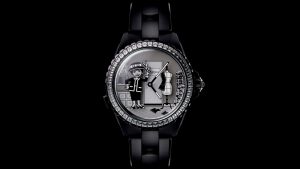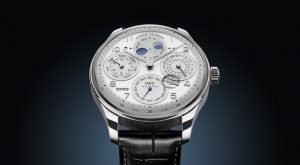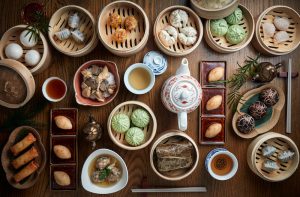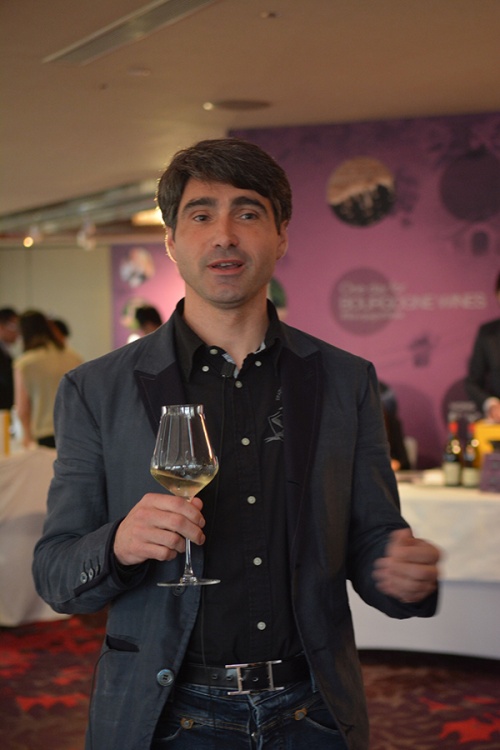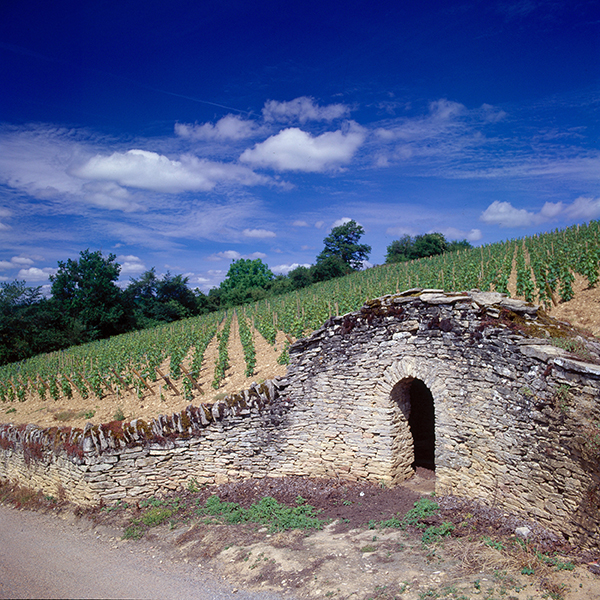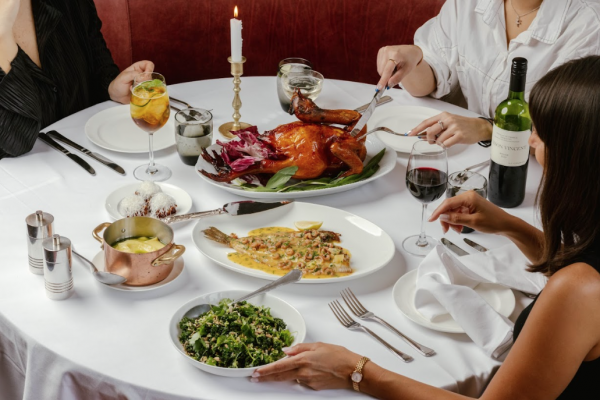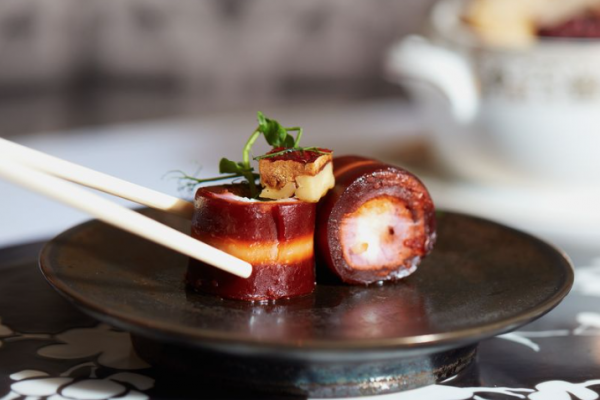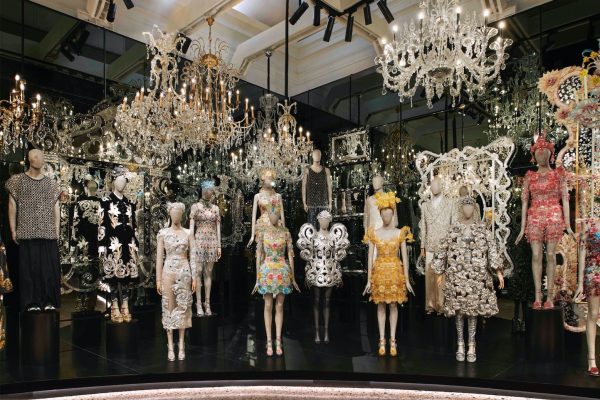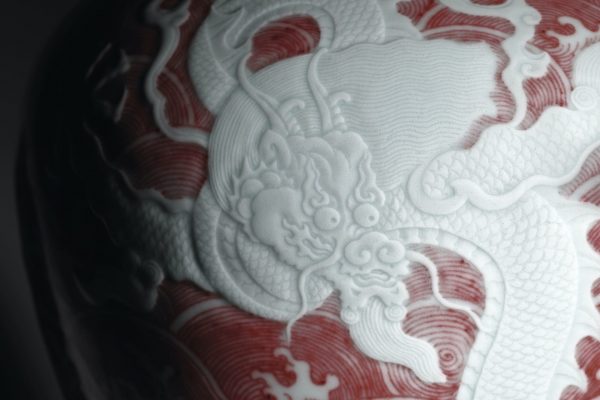Jean-Francois Bordet is president of the Chablis Commission of Burgundy Wine Board and in Hong Kong as part of the city’s inaugural Bourgogne Week event (June 20-24). The event has been a regular highlight on the UK wine calendar for more than a decade. The week culminates with a Chablis White Cocktail party at the French Consul’s residence. Bordet is also the head of Domaine Seguinot-Bordet in Maligny, an historic 16-hectare vineyard he took over from his grandfather in 1998, which stands on the right bank of the Serein River, site of the birth of Chablis. #legend spoke with Bordet about Chablis (produced only from the Chardonnay grape) and why the region and the drink is having a global moment.
England has had a Bourgogne Week for more than a decade. Why did we have to wait so long in Hong Kong?
Hong Kong offers great opportunities for the development of Bourgogne wines. The market is dynamic, mature, with highly sophisticated wine lovers. It was obvious for the producers and merchants that if we were to create a Bourgogne Week elsewhere than in the UK, it had to be in Hong Kong. It’s the market, the people are ready and everybody knows a lot about Burgundy.
But what about Chablis? How is the relationship with Chablis in Hong Kong and China?
It’s well known, but traditionally we sell more red. In fact, for Chablis, Hong Kong is the 16th biggest market, and every year its sales have increased. China is much more red, but has been begun to grow over the last five years. We do special events, and for example, we’ve got seminars today, with sommeliers, importers, and press, which we started four or five years ago, so more people know about Chablis and can speak about it to their customer. On that point, Hong Kong is a great place for Chablis because it makes such a good companion to seafood. It’s also great with dim sum and its freshness makes it particularly good in today’s Hong Kong heat!
What’s the biggest misconception about Chablis?
The price. Some journalists think because Burgundy is expensive that therefore Chablis is expensive, but it is not. But you still have very high quality because it’s inside Burgundy.
How great are the regional disparities in Chablis and Chardonnay, compared to say Burgundy and pinot noir?
Chablis is simple, easy to understand because it’s 100 per cent Chardonnay. It’s Chablis or Petit Chablis, you have a difference. Petit Chablis for instance is made on the top of the hill, so you have a lot of wind, often that makes Petit Chablis fresher, good for an aperitif. After that you have Chablis on the hill. It’s grown on a Kimmeridgian or clay soil, which is limestone rich, and after that, the winemaker gives something different too. You can compare Premier Cru and they can be totally different; not the same terroir, not the same exposure to the sun, for example. I remember once, a journalist asked me: ‘isn’t it boring to be a winemaker in Chablis because you just have Chardonnay’. We tasted two glasses of wine – Fourchaume, is very rich, full bodied, round, easy to drink, Vaillons is more white flowers, more minerals. If we taste only Chablis, it’s the same taste, but the soil gives freshness, purity, elegance, but once you arrive at the Premier Cru and the Grand Cru, it’s so different. Like music. You have seven keys but you can play all sorts of music. The best way is to taste and taste, you have the signature of the producer, but also the climate, the place, the flavour.
People talk of oyster soil in Chablis. What is that?
That means, 150 million years ago, Chablis was covered by the sea. When it receded, we had some sedimentation, and you can see, in this special soil, our famous Kimmeridgian clay, you can see baby oysters fossilised. It is unique to Chablis. It’s what differentiates Chablis from the rest of the ‘white areas’ in Bourgogne. It’s not exactly the same soil, and brings a different minerality, a different salinity. Pieces of stone have fossilised baby oysters inside on the vineyard. Anyone who visits can see that. So here’s the stone. White clay and inside the baby oysters. It is 150-million years old.
It’s better than Moon rock.
We like to think so, yes.
So now let’s taste two separate Chablis Premier Cru. First, Chablis Premier Cru Cote de Lechet, 2014. This is a brother and sister who own this domain and we’ll taste it together, because I have not tasted it before. 2014 is a very fresh year, a very classic Chablis year.
What are you sensing. What hits you first?
On the nose, a little bit flinty taste. Taste, its very good, very minerally, it’s quite sharp. There’s also chalk. Now let’s compare with Premier Cru Mont de Milieu, 2013. [We nose and drink] Very different nose. It’s completely different. You can see, more power, more richness, it’s a little bit of honey in the smell, even. And there’s even some exotic fruit. It’s livelier, more dynamic. The 2013 is three years old, so maybe just the extra year helps. The 2014 is only one year in bottle, maybe less. In 2014 you’ll say, ‘wow, 2014 is good’.
We’re hearing and seeing a lot of talk about ‘natural wine’. I find it a category too far. Where do you, and Chablis, stand on that?
In Burgundy and Chablis, yes, more and more people are organic. But to be ‘natural’ is quite difficult, especially because we’re quite northern. To me the ‘natural wine’ approach is like a new fashion; you can be organic on the vineyard, but to be natural, what does it mean? No yeast, okay. But when you hear people say no sulphur it’s actually quite dangerous – why? Because, if you keep the wine in your cellar for yourself, no problem. It’s fine. Your wine doesn’t move and stays at 12 degrees. But when you start to move the wines very far or between countries, out of 12 bottles, maybe six or eight will be no good. The wine, without even the tiniest addition of sulphur, will become like vinegar. It’s impossible to move the wine very far without sulphur. So the waste quotient is very high.
When wine travels it consumes sulphur. If you have none, the wine is finished. I think you need something inside the wine, but that’s my personal opinion. For example, if you ship a fish from France to Hong Kong without ice, when it arrives how will it be? That to me is like the natural wine approach. But, I’d say be careful with natural; you can have a good bottle, for sure, but you can have many terrible bottles as well. In Chablis and Burgundy, it’s a very, very small, niche group. Some people like that of course. But, after all, nature makes the grapes for vinegar but it’s man who makes the grapes into wine. So natural wine in this way is a curious term. On a general level, more organic, when you compare wine from 20 years ago and now, every winemaker is using less product. Me, when I began in 1988, I was the first to work against the soil, but now many winemakers do this.
Read: The Appeal and Technique Behind Natural Wines Explained
You were a young disruptor.
I want all my wine to be perfect. But we use organic fertiliser, no weed killer, we work the soil, I was the first to make these changes.
What’s the current mood in Chablis? April 26, 2016 was a shocker of a frost which caused mayhem and killed many crops. What’s the mood now – and the spirit – among winemakers like yourself on Chablis 2016?
Good question. It was terrible because it’s been a long time since we had such a frost, but in Chablis, we know frost can be an enemy and we know how to fight it. We can use aspersion (sprinklers that surround vines with protective coating of ice), we can use candles (small stoves were used at one point), so some crops were destroyed, but only a small amount. But even in my village, we use aspersion, candles and it was fine. I lost no crop at all. In fact, yesterday or today, the blossom begins in Chablis. Here we are at Burgundy week in Hong Kong, but it’s blossom week in Chablis. It will be important to see after the sun how things are. Of course some have lost already their crop, but we don’t know yet how much.
At least 2014, and 2015 were both great years so there is back up.
Yes. Even if some people do have a problem, they can still use reserve wine. But although I lost none from frost I have lost crop from hail in my village. We had hail one month ago and I lost some as a result. But generally, we expect a good results this year despite the frost. After the sun we will know.
If Hong Kong is the 16th biggest market for Chablis, what’s the largest?
The UK. It’s 25 per cent of all sales of Chablis in the world. Between the first and the second there is a big, big step. For example, in the UK we sell roughly seven million bottles every year but for the second, it’s either USA or Japan, or Germany, or Belgian, it’s around 2 million bottles.
Why so big in the UK?
Two things: first we are close. For me, it’s the same time to go to London as to go Bordeaux. A lot of our winemakers go to London. The British like the freshness of Chablis. Also because for the British it’s easy to come to Chablis. But it is becoming now a name people use, the same way people say Louis Vuitton, or Prada, people say our name in that way.
Let me tell you about Norway. It’s a country of only 4-6 million people, smaller than Hong Kong. When people in Norway ask for white wine they ask for Chablis. I have one importer there, two years ago he said to me; ‘hey Jean-Francois, can you make for me half bottles with screw caps?’ I said: ‘What’, and asked him where he would expect to sell the wine. His answer: ‘I will sell this wine to the movies, so people who go the movies, instead of buying Coco Cola, they can buy a bottle of Chablis.’ [Laughter] So, Norway is a small market, but we’re selling a lot of Chablis!
Sweden, Finland, too. If you compare now with 15 years ago, the appetite for Chablis is crazy. But of course, the people in Sweden, Norway and Finland eat almost exclusively seafood so Chablis makes the perfect match. The freshness of Chablis with seafood is perfect.
What about those New-World upstarts like the Australians and their Chardonnay. Do they scare you?
I am not scared by the Australians. I think they made a big mistake 10 or 15 years ago and now, more of their winemakers are having problems selling their grapes. Often they make so-so wine in a big, big tank, like a gasoline tank, so I think they made a big mistake. Chablis is all small tank.
I’d be more concerned with a country like New Zealand. It has a slightly different climate, it’s more like Burgundy for example. New Zealand doesn’t make lots of Chablis, so I’m fine, but, for example, it makes a lot of Sauvignon Blanc. Taste one of those against a Sancerre. New Zealand Sauvignon Blanc, sometimes very good. Pinot Noir – very good. So, if I was a winemaker from Sancerre, maybe I would be more scared. In New Zealand you have everything. Big and small estates, and a good climate. I think New Zealand makes very good wine. There is elegance and refinement about their wines. Australia makes ‘big’ wines, with too much wood – too blatant.
But then you have good winemakers and bad winemakers everywhere. America is interesting, because previously all their wine was made with a very oaky taste and they’re now all trying to make wine that tastes more like Chablis with less oak, more freshness. In California that’s not so easy. But in Washington state, they’re trying to make Chardonnay like Chablis.
What about Chinese owners in Chablis, are there any?
We have some Chinese in Burgundy, as you know, but in Chablis not yet. Of course more and more are looking. More and more people from Beaune, buy in Chablis. Many producers in Champagne, or south of champagne – Chablis to the south of Champagne is only 60 kilometres, 35 minutes by car, are looking to buy in Chablis.
Read: Winemaking Duo Create a Life Around Pinot Noir
Champagne, as a drink, is being marketed more like wine these days it seems. It used to be that we’d all just say Dom Perignon ‘52 and that was enough. But now it’s getting more declensions, like wine. Why complicate champagne?
Because champagne wants to increase its circulation … I don’t know, in fact. Maybe there is some idea behind that. But yes, champagne is champagne. Before you spoke about the name, Moët, Ruinart, but now, very soon, some new land will be extended in Champagne, because they can’t plant new vineyards. Something is changing. That’s a very big discussion in Champagne right now.









